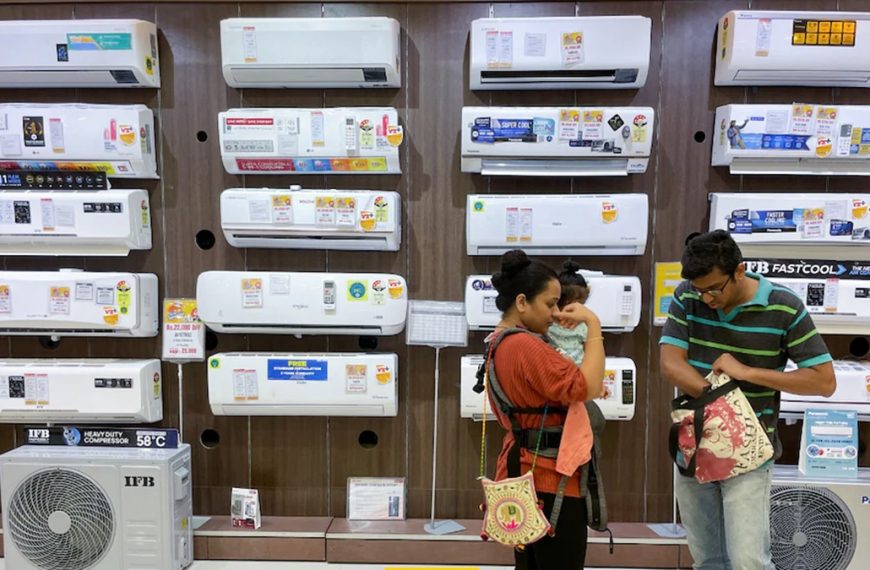The ongoing dynamics in the oil market are shifting dramatically as OPEC+ struggles to exert control over oil prices amidst a backdrop of dwindling global demand and an influx of non-OPEC oil production. A recent analysis from Kotak Institutional Equities (KIE) highlights that the influence of OPEC+ on oil pricing is currently at a historic low, particularly following the recent changes in the US administration. The report has revised its oil price forecast down to $70 per barrel for the fiscal years 2026-2027, a significant drop from the previous estimate of $80 per barrel.
Impact of Frozen Retail Prices
Kotak’s report notes that while lower oil prices might initially seem beneficial for Oil Marketing Companies (OMCs) due to frozen retail prices, the positive effects could be muted by escalating US oil production, a decrease in Russian crude supplies, and the weakening Indian Rupee.
- Key Points:
- Lower oil prices can appear advantageous for OMCs but are offset by rising US supplies.
- Decreasing Russian oil exports further complicate market stability.
- A softening rupee impacts import costs and pricing strategies.
The US Takes the Lead
Since the October 2022 announcement of a 2 million barrels per day production cut by OPEC+, the alliance has aimed to stabilize oil prices by curtailing supply. However, these measures have proven ineffective, with oil prices continuing to decline as of late 2024. The Biden administration’s imposition of sanctions on Russia led to a temporary spike in oil prices in January 2025, but with the new administration’s aggressive tariff policies, prices have plummeted to their lowest in three years.
The KIE report observes that "the balance of power seems to have shifted to the US," suggesting that the effectiveness of OPEC+ is waning as the alliance now seeks to regain market share rather than merely stabilize prices.
Non-OPEC+ Supply Increases
The rise of oil production from non-OPEC+ nations, particularly the US, poses a significant challenge to OPEC+’s strategies. The US has ramped up oil output by approximately 1.5 million barrels per day since October 2022, despite a nearly 25% decline in shale rig deployment.
- Highlights:
- The OECD Americas, which includes Canada and Mexico, saw oil production increase by 1.6 million barrels per day in 2023, contributing to over 50% of the non-OPEC+ production surge of 2.7 million barrels per day.
- The International Energy Agency (IEA) anticipates further increases in US oil production in 2024-2025, with contributions from Brazil, Canada, and Guyana also expected.
Anticipated Rise in Indian Imports from the US
Historically, India was the largest buyer of US crude oil in 2021. However, following the Russia-Ukraine conflict, India shifted to importing more Russian oil, significantly reducing its US oil intake. Kotak’s analysis indicates that this trend may reverse as the US pushes for reciprocal tariffs.
- Notable Insights:
- Indian refiners prefer lighter and sweeter crudes, which can be challenging to utilize in their operations.
- The cost of US crude has increased relative to Russian oil, rising from parity in FY2022 to about $10 per barrel more in FY2024.
Future of Russian Oil Production
The new US administration is keen on resolving the Russia-Ukraine conflict, which could lead to a significant easing of sanctions on Russia. However, Kotak warns that even with reduced sanctions, a substantial increase in Russian oil exports is unlikely. The report indicates that Russian production may only rise by about 0.5 million barrels per day by 2026, in line with OPEC+’s planned cuts.
Adjusted Price Projections
In light of these developments, oil prices have recently hit three-year lows. Kotak has adjusted its price forecast downward to $70 per barrel for FY2026/27 and the long term, signaling limited recovery potential in the near future. The firm believes that prolonged low prices could deter new investments in exploration and production, particularly in US shale.
Upstream and OMC Outlook
With the revised oil price expectations, Kotak has reduced its EBITDA forecasts for upstream companies like ONGC and Oil India by 8-11% for FY2026/27. While lower oil prices present challenges, the removal of windfall taxes and improved gas price realizations offer some relief.
- Investment Recommendations:
- Maintain ‘BUY’ on ONGC.
- Recommend ‘SELL’ on BPCL, HPCL, IOCL, and Oil India.
Conclusion: The Case for Fuel Price Cuts
For OMCs, the prevailing lower oil prices should ideally lead to reductions in retail fuel prices. However, the current freeze on retail pricing, combined with rising costs from US crude imports, complicates the situation. Kotak suggests that any cuts in retail prices could compress marketing margins, necessitating a reevaluation of refining assumptions for FY2026/27.
As these market dynamics evolve, stakeholders will need to remain agile in their strategies to navigate the complexities of the global oil market.











